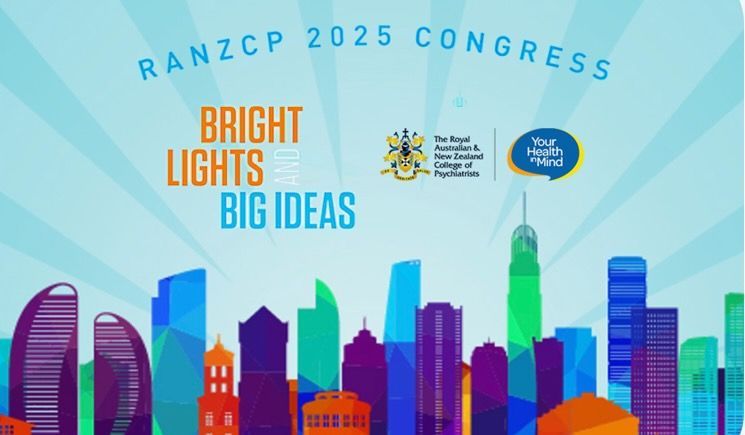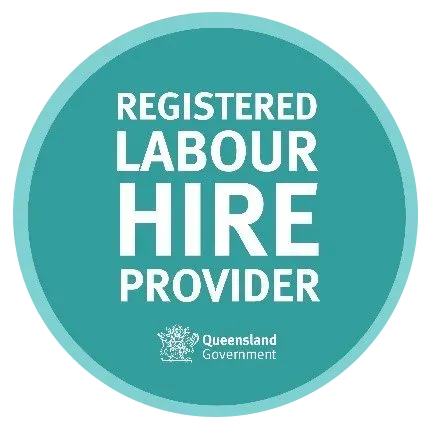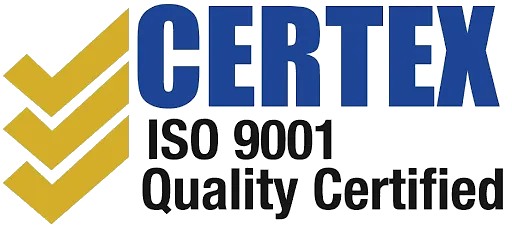How will the 457 visa changes impact doctors?

How Will the 457 Visa Changes Impact Doctors
457 visa changes impact on doctors could be minimal…for now.
2017 Update: Check out our follow-up article on the 457 visa changes!
If you are medical practitioner thinking of moving to Australia you may be concerned how the 457 visa changes impact doctors and your future – Can I still get a visa? Can I move permanently? Please read onto see how the changes could impact you.
On 18 April 2017, the Federal Government announced plans to scrap the 457-visa program and replace it with a new TSS (Temporary Skill Shortage) visa.
Looking at the information supplied, Medipeople have assessed how this will affect Medical Practitioners
Medical Practitioner, General Practitioners and specialist medical doctors are currently listed on the Skilled Occupation List (SOL). The Skilled Occupations List (SOL) will be renamed the new Medium and Long-term Strategic Skills List (MLTSSL). This list will contain; occupations assessed as high value to the Australian economy, and occupations aligned to the Government’s long term training and workforce strategies. Currently a combined list on the department’s website clearly shows that medical staff and other healthcare workers remain on the list.
Occupations on the MLTSSL will continue to be issued for a maximum duration of four years. The Department of Education and Training’s is currently running 2017-18 SOL review and based on outcomes from this, the MLTSSL will be revised .
Eligibility criteria for all visas:
- Work experience: at least two years’ relevant work experience.
- Labour market testing (LMT): LMT will be mandatory, unless an international obligation applies. We will wait to see what requirements are made of medical practices.
- Minimum market salary rate: Employers must pay the Australian market salary rate and meet the Temporary Skilled Migration Income Threshold requirements. No change here for Medical Doctors.
- Character: Mandatory penal clearance certificates to be provided. Medics are already required to complete an International Criminal History Check.
- Workforce: A non-discriminatory workforce test to ensure employers are not actively discriminating against Australian workers. No one really knows what this will involve.
- Training requirement: a strengthened training requirement for employers to contribute towards training Australian workers. This may put off some smaller medical practices as the burden on small business increases.
- English language requirements: a requirement of a minimum of IELTS 5 (or equivalent test) in each test component. Medics are already assessed by the medical board of Australia for English Language. However, a number are exempt. Will these exemptions carry over to visa applications?
What does this mean?
Although some of the details are still unclear, on the surface the 457 visa changes do not impact greatly on the current pathway for medical practitioners. The new system is going to be more complex than the current system with various short and medium migration streams. Will there be a faster or quicker stream for doctors moving to rural areas? Increased demands on the sponsor, like contributing to training Australians, may prove off-putting for businesses looking to recruit doctors from overseas. Once the MLTSSL is reviewed again, there will be pressure from medical colleges to have their profession removed from the list entirely. No matter what the exact changes will be, Australia will likely remain an attractive option – especially for UK doctors.
Increased application fees
The major changes to the skilled migration program will no doubt lead to an increase in application fees. Greater pressure on the visa processing department will also lead to even longer processing times at greater costs.
We have reviewed these changes as whole and how they could impact doctors. We will provide updates as announced.
Register with us today if you would like to see all of the current opportunities available.









